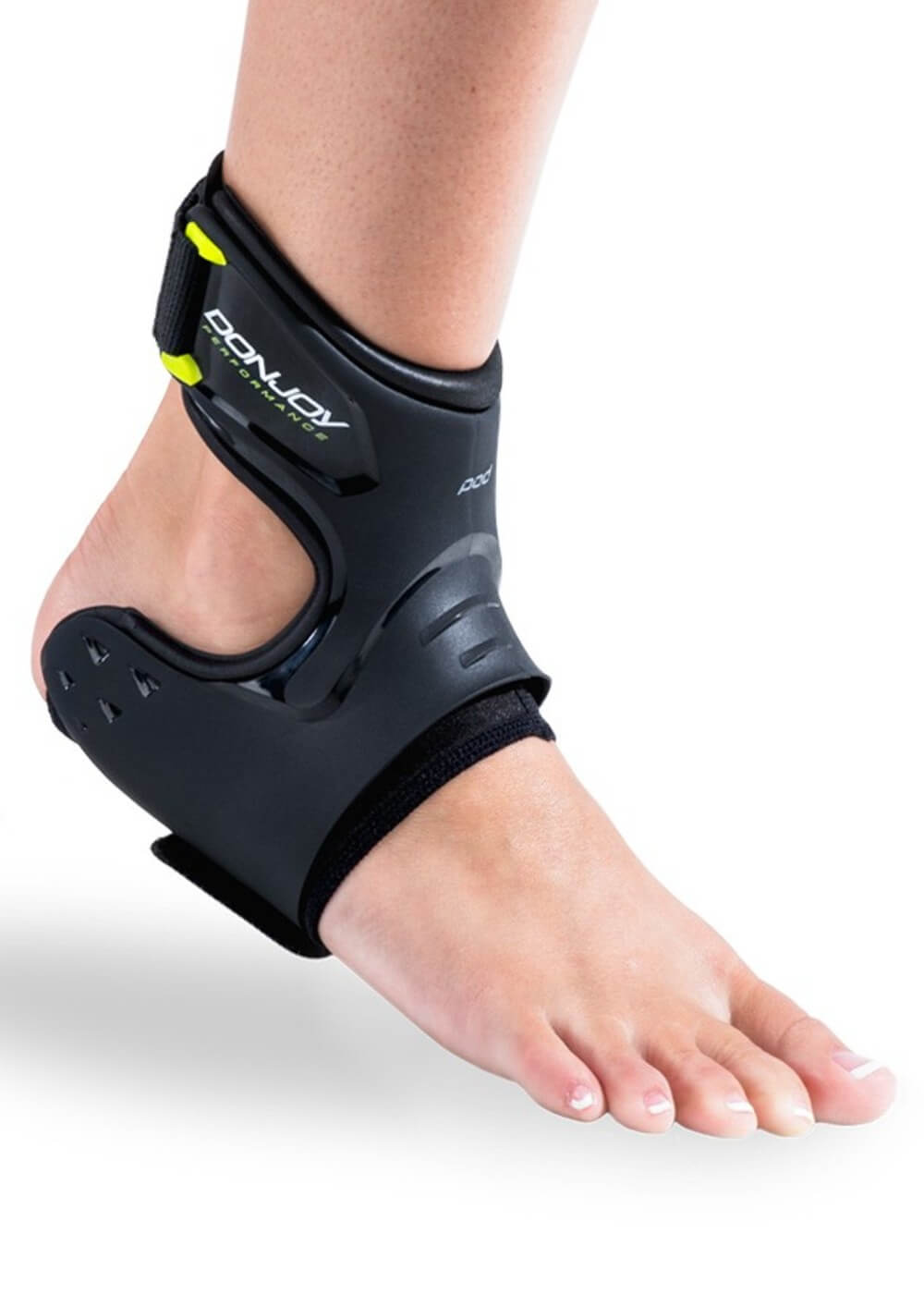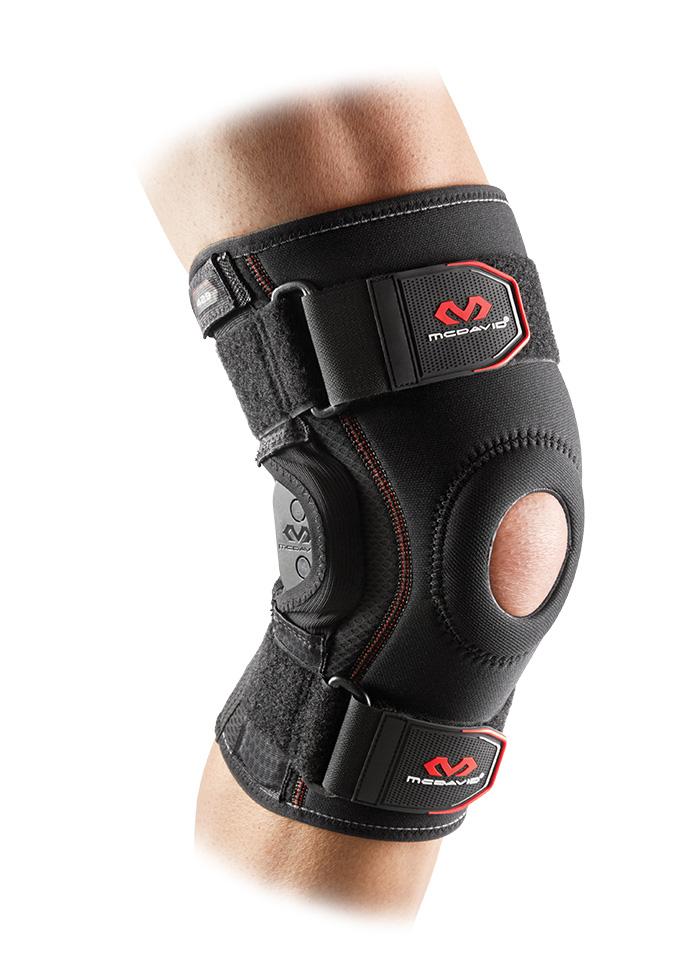What Is Tarsal Tunnel Syndrome? Causes, Symptoms & Treatment Options
The tarsal tunnel is the canal that forms between a part of the ankle bone, at the bump on the inside of your ankle, also called the medial malleolus, and a band of ligaments across the foot called the flexor retinaculum.
The tarsal tunnel has nerves, tendons and arteries inside that allow movement and flexibility of your foot. One nerve inside the tarsal tunnel is called the tibial nerve, which gives the sensation you get at the bottom of your foot. However, when this nerve is compressed or pinched, you may suffer from a condition called tarsal tunnel syndrome, also known as posterior tibial neuralgia.
Causes Of Tarsal Tunnel Syndrome
Common causes of tarsal tunnel syndrome are the natural shape or mechanics of your feet, an injury or a disease:
- Flat feet or fallen arches. These cause strain and compression to the tibial nerve, thus irritating it.
- Swelling caused by an ankle sprain. The swelling may compress the tibial nerve.
- Enlarged or abnormal structures in the foot. Examples include swollen tendons, varicose veins, ganglion cysts or one spurs, which compress the nerve.
- Diseases such as diabetes and arthritis. These involve swelling that may result in compression on the nerve.
Symptoms
People with tarsal tunnel syndrome, often have the following symptoms:
- Pain, which may be shooting
- Numbness
- Burning sensation, tingling or a feeling similar to an electric shock
You’ll most probably feel symptoms on the inside of your ankle and/or the bottom of your foot. Some people may experience a symptom that is isolated, that is just in one area and others, may have symptoms that stretch to the heel, toes, arches and the calf. Check out this article: What Is Heel Spurs? Causes, Symptoms & Treatment Options
Some symptoms may be sudden, while others may progress with time and worsen due to activities such as prolonged standing, working out or walking. Starting a new exercise program without expert supervision or care may increase your risk too.
Treatment For Tarsal Tunnel Syndrome
Early treatment is recommended because, if left untreated, the condition may worsen and cause permanent nerve damage. Sometimes symptoms for tarsal tunnel syndrome may be confused with other conditions, therefore, proper diagnosis is critical.
Conventional treatment methods for tarsal tunnel syndrome include:
- Ice. Apply an ice pack wrapped in a towel to the affected area for 15 to 20 minutes every 40 minutes.
- Medications. NSADs, such as ibuprofen may help reduce pain and inflammation.
- Immobilization. Restricting movement of the foot with a cast will help the nerve and surrounding tissues heal.
- Physical therapy. Exercises and ultrasound therapy as instructed by the physical therapist may help reduce symptoms.
- Bracing. People with tarsal tunnel syndrome who have severe symptoms and nerve damage or flat feet may benefit from wearing a brace such as the McDavid Ultralight Ankle Brace 195, which offers incredible ankle protection. A brace will reduce the amount of pressure on the foot and help the ankle heel faster.
- Shoes and orthotic devices. Supportive shoes with custom inserts are recommended to maintain the foot’s arch, limit repetitive motion and help reduce compression on the tibial nerve.
- Surgery. In some cases, surgery may be needed to treat tarsal tunnel syndrome. This, of course, will be determined by your doctor during the diagnosis.
Image Use:
You are allowed to re-use the image with the BodyHeal.com.au logo on your website or any online publication as long as the proper creditation is given to BodyHeal.com.au. You can link back to our homepage, or this article at







Leave a comment